System Engineering Vee Model
System engineering vee model. Forsberg and Mooz believe their Vee-Model addresses the system engineering deficiencies of Linear Waterfall Modified Waterfall and DOD-STD-2167A the immediate successor to DOD-STD-2167. The V Model Systems Engineering System Engineering V Model The Basic Systems Engineering Vee Model Applied To System Animated System Engineering Powerpoint Template With V Model. Chapter 1- Overview of the Engineering of Systems 7 Vee Model with Onion Peels Understand User Requirements Develop System Concept and Validation Plan Develop System Performance Specification and System Validation Plan Expand Performance Specifications into CI Design-to Specifications and CI Verification Plan Evolve Design-to Specifications into.
Department of Defense DoD. Improving the Acquistiion Interoperabityil and Performance of Large Systemof- -Systems SoS Programs. These are 1 Royces Waterfall Model 8 Boehms Spiral Model 9 and Forsberg and Moogs Vee Model 1011.
Furthermore the model emphasizes the meaning of a careful preparation and definition of the verification process by arrows pointing from left to right. The US Defense Acquisition University created a simple graphic to lay out the stages and relationships for their spin on the model. Released by the Defense Acquisition University DAUUS.
Scheurer 11152018 DE ME MBSE and the Like The One Underlying Essential Attribute. National Defense Industrial Association NDIA 18th Annual Systems Engineering Conference Track 5 System of Systems Session 17887 Springfield VA October 27 2015. Dan Seal Boeing 5.
The V-Model gets its name from the fact that the process is often mapped out as a flowchart that takes the form of the letter V. The Enterprise Systems Engineering focuses on the sequential Vee Model Figure 1 as the primary example of pre-specified and sequential processes. The V Systems Engineering Model Many different process models have been developed over the years that specify a series of steps that make up the systems engineering approach 6.
The V-Model is an approach model that was developed by commissioning of the State of Germany for planning and implementing system development projects. Introduction of decision gates. It has become a common standard in software development.
General implications of using the Vee model for system design and development are discussed below. It considers the entire lifecycle of a system nicely fitting the line of thinking in systems engineering.
Introducing the SoS -VEE Model.
The Vee Activity Diagram Prosnik 2010. The V-form with extended wings is an established possibility for. Model Driven Systems Engineering Complete System Definition Capture in System Model Concept of Operations mesmertneSt riusqey meroSt bsiyvahe System structure Component interaction IO Verification Validation and Qualification tasks and methods Relevant relationships between all the above Consistency in. Scheurer 11152018 DE ME MBSE and the Like The One Underlying Essential Attribute. System and software development projects used in government industry and academia but most are grounded in one of three seminal models. Although it is considered as an improvement to the waterfall model and it has some similarities as the process also based on sequential steps moving down in a linear way it. These are 1 Royces Waterfall Model 8 Boehms Spiral Model 9 and Forsberg and Moogs Vee Model 1011. The US Defense Acquisition University created a simple graphic to lay out the stages and relationships for their spin on the model. This V-model draws attention to the different system levels.
The V Model Systems Engineering System Engineering V Model The Basic Systems Engineering Vee Model Applied To System Animated System Engineering Powerpoint Template With V Model. National Defense Industrial Association NDIA 18th Annual Systems Engineering Conference Track 5 System of Systems Session 17887 Springfield VA October 27 2015. Chapter 1- Overview of the Engineering of Systems 7 Vee Model with Onion Peels Understand User Requirements Develop System Concept and Validation Plan Develop System Performance Specification and System Validation Plan Expand Performance Specifications into CI Design-to Specifications and CI Verification Plan Evolve Design-to Specifications into. Systems thinking provides a very powerful approach to problem analysis that gives analysts the ability to view problems within the context of an overall system and thereby better identify and prevent unintended negative consequences of proposed solutionschanges. The key difference between these models is the way in which they group and represent the aforementioned SE activities. The System Engineering V - Is It Still Relevant In the Digital Age Global Product Data Interoperability Summit 2018. The Vee Model first defined by Rook in 1986 has served well as a depiction of design of non-trivial systems through physical levels of solution description on the left-hand side of the Vee and physical realization of system elements together with their integration to create higher physical level system elements on the right-hand side of the Vee.

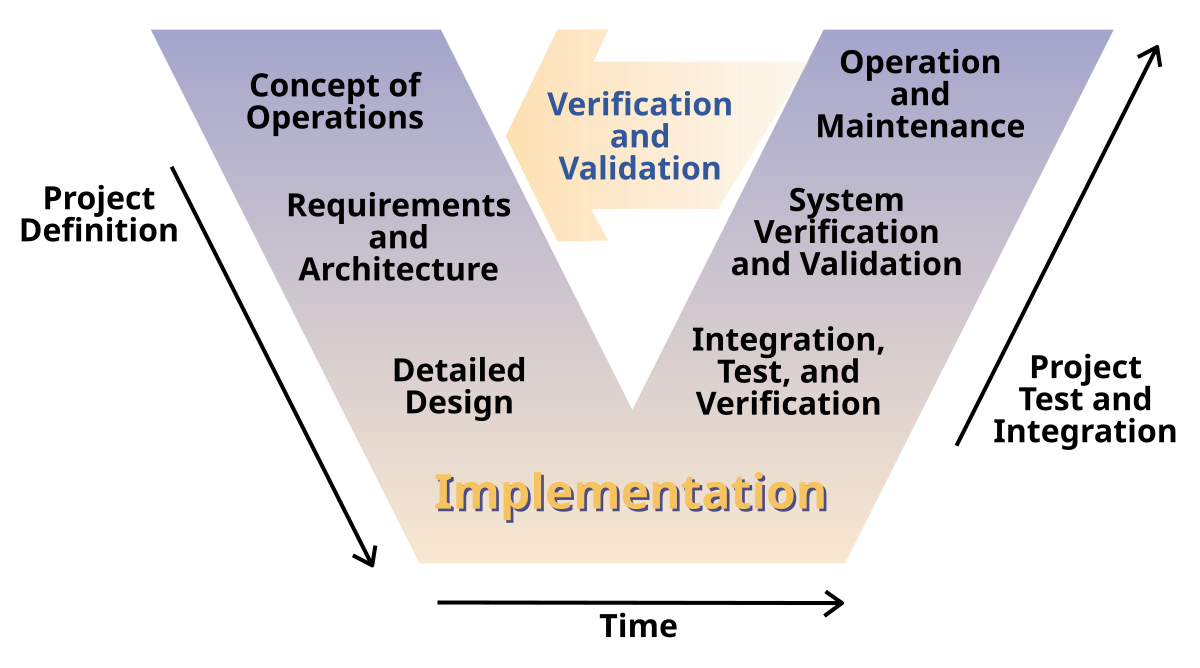



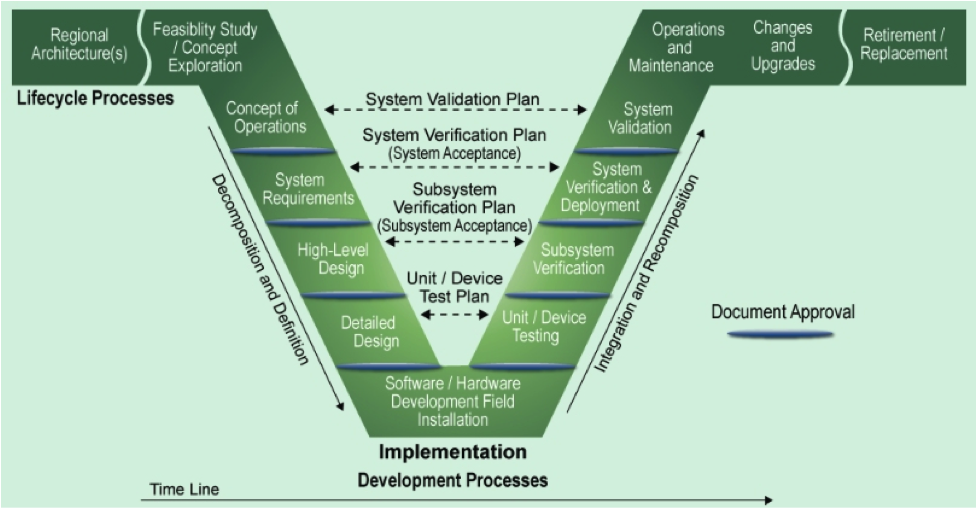





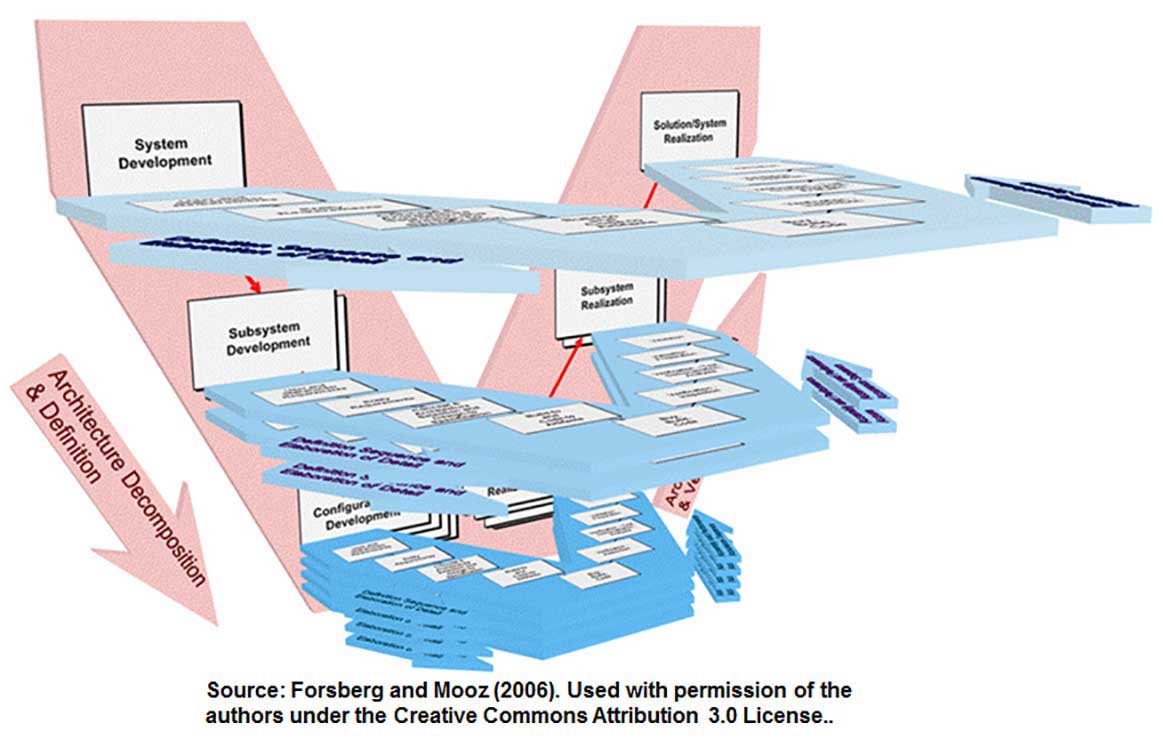
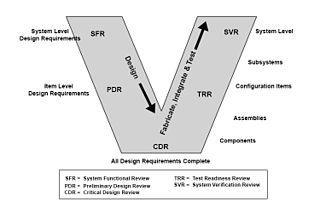
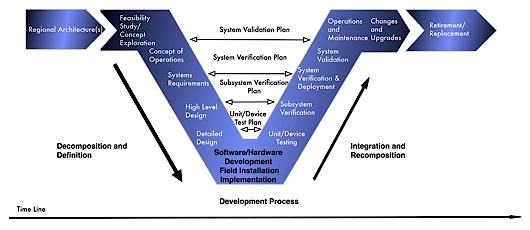


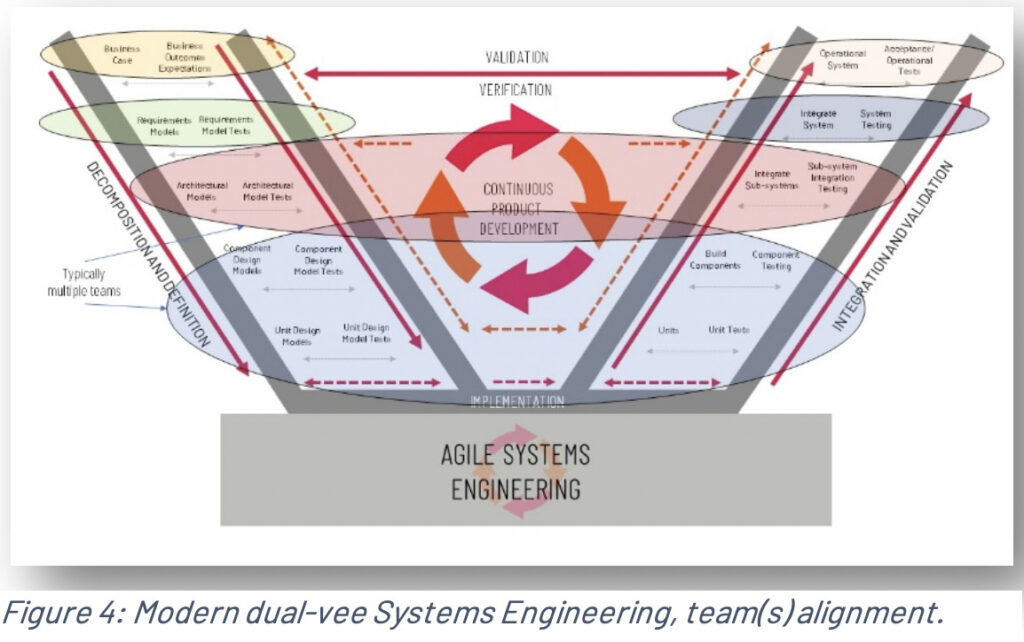
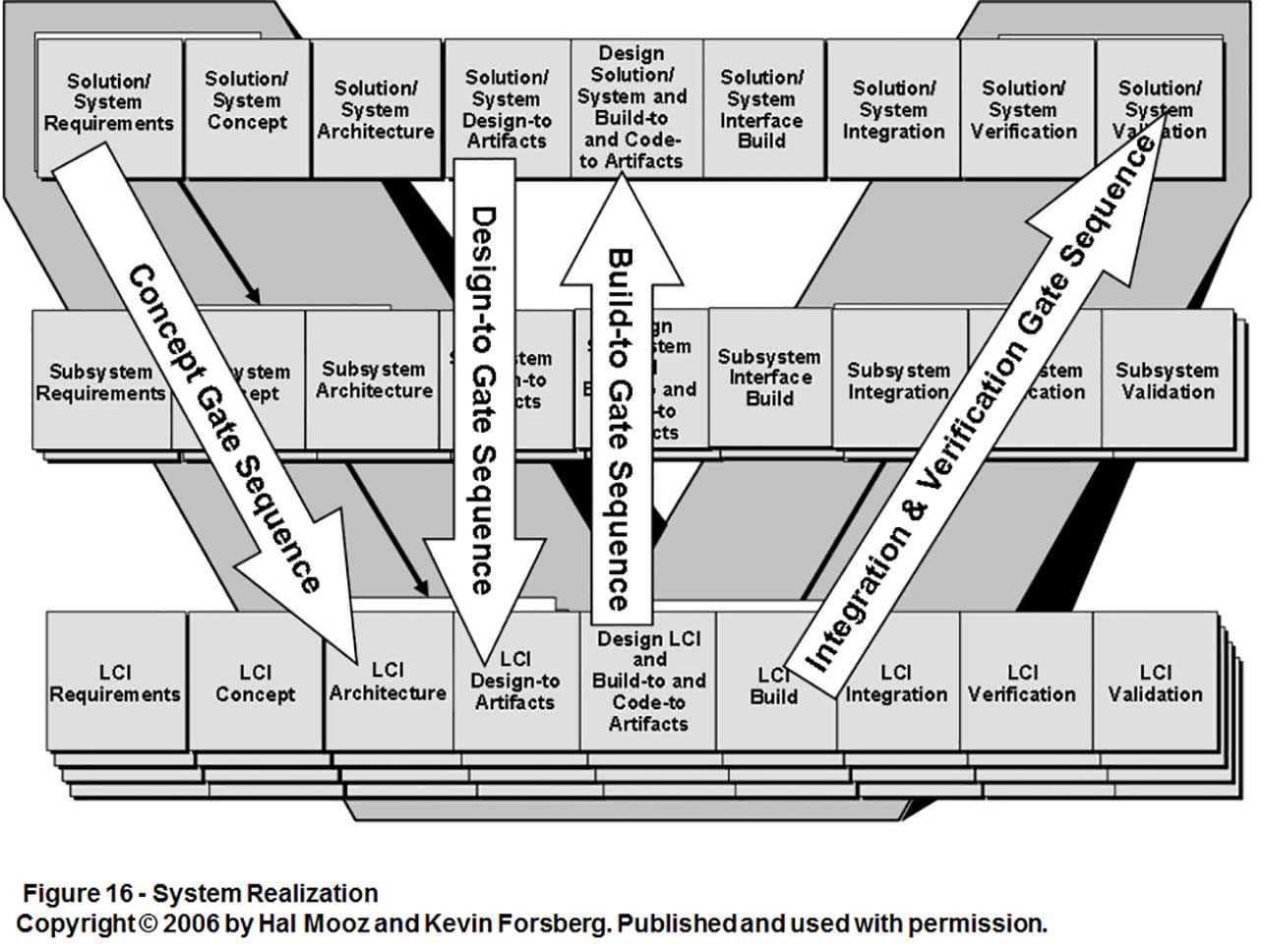
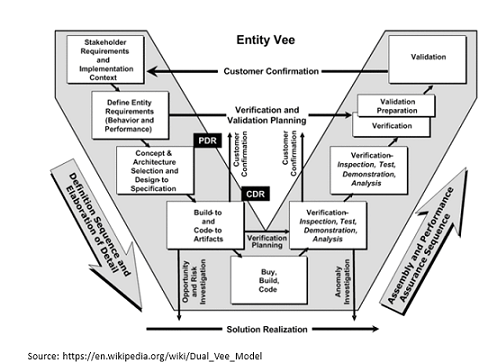



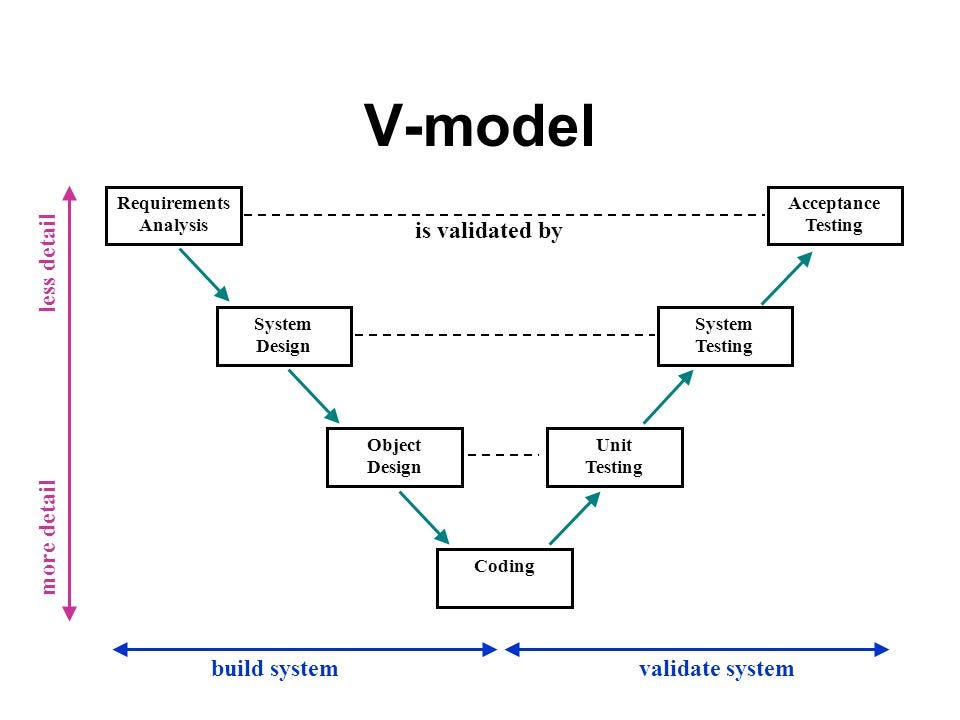



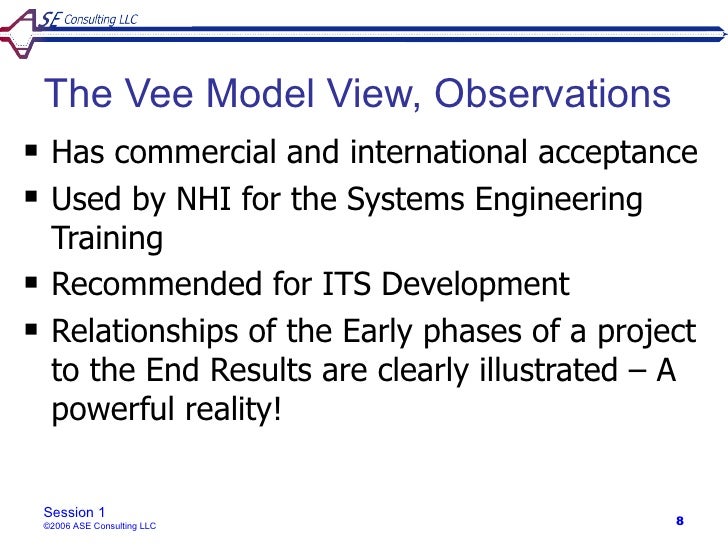
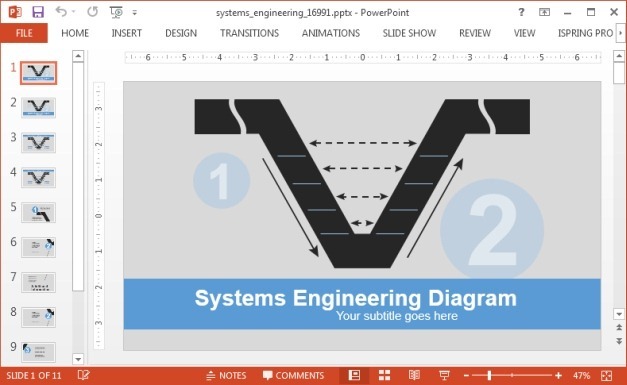

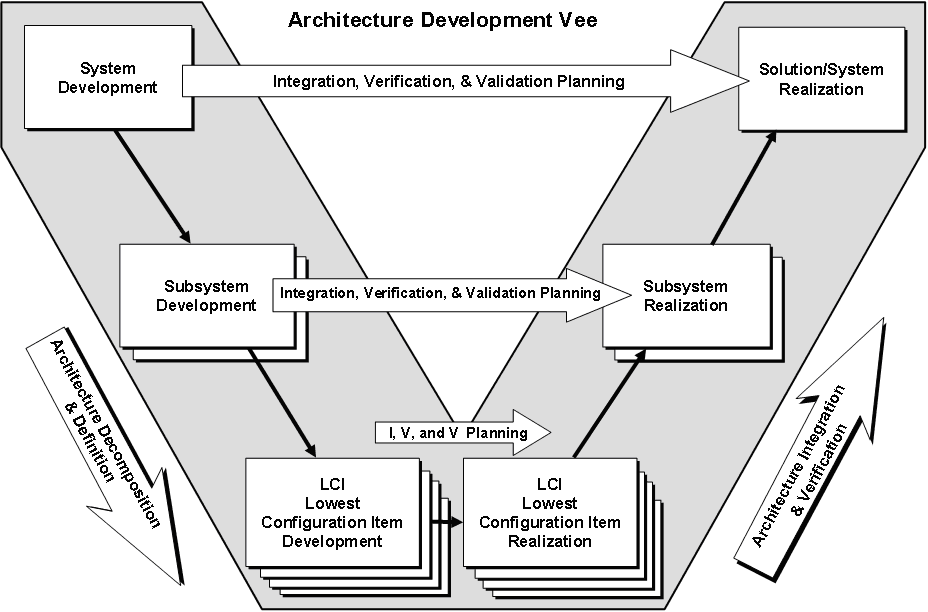





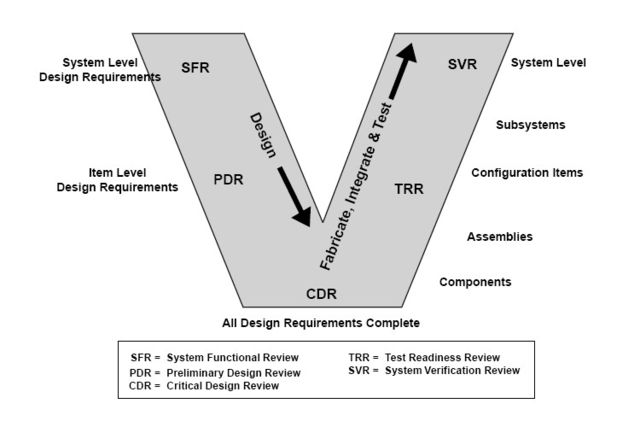
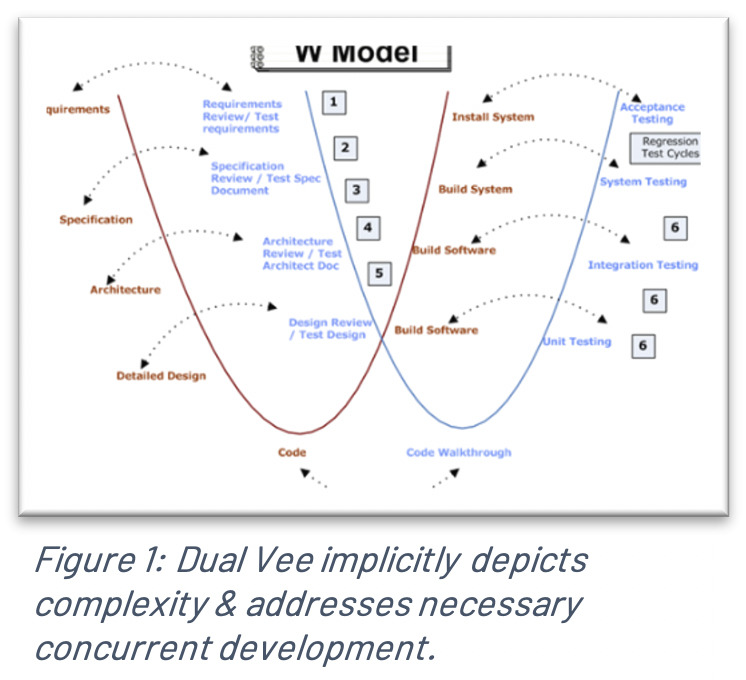

Post a Comment for "System Engineering Vee Model"